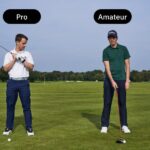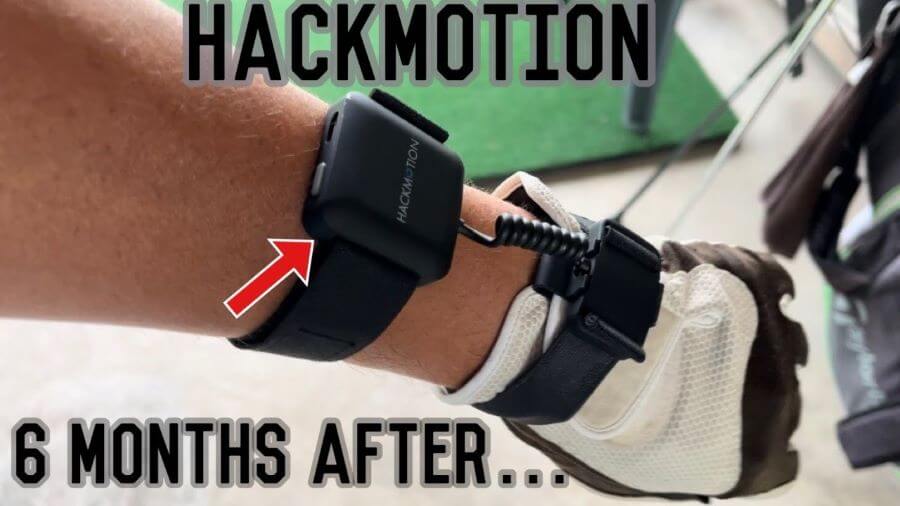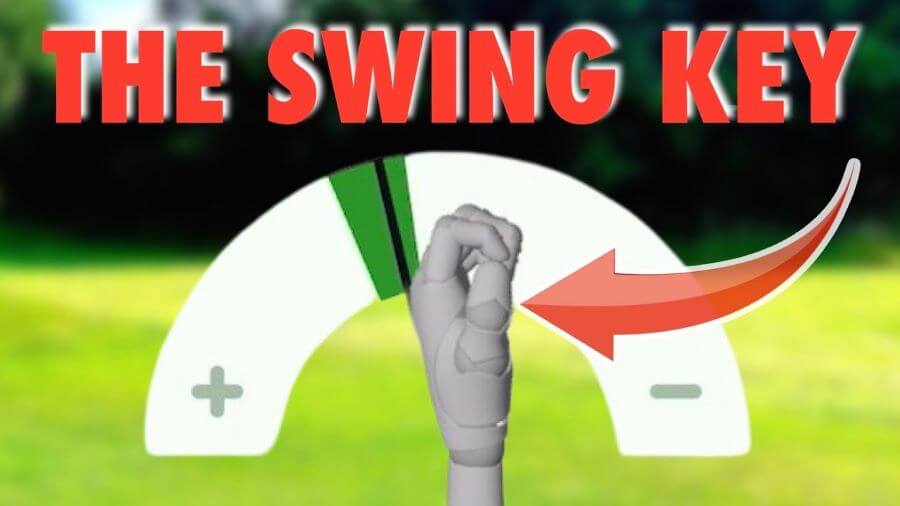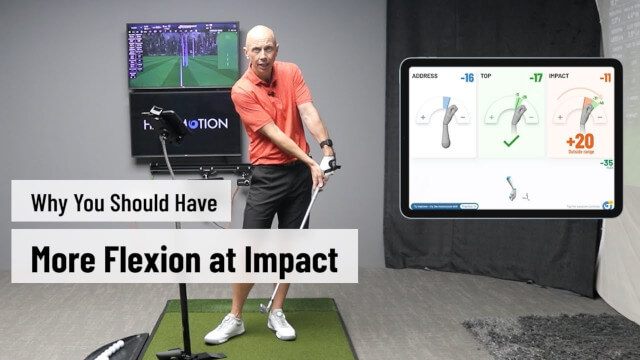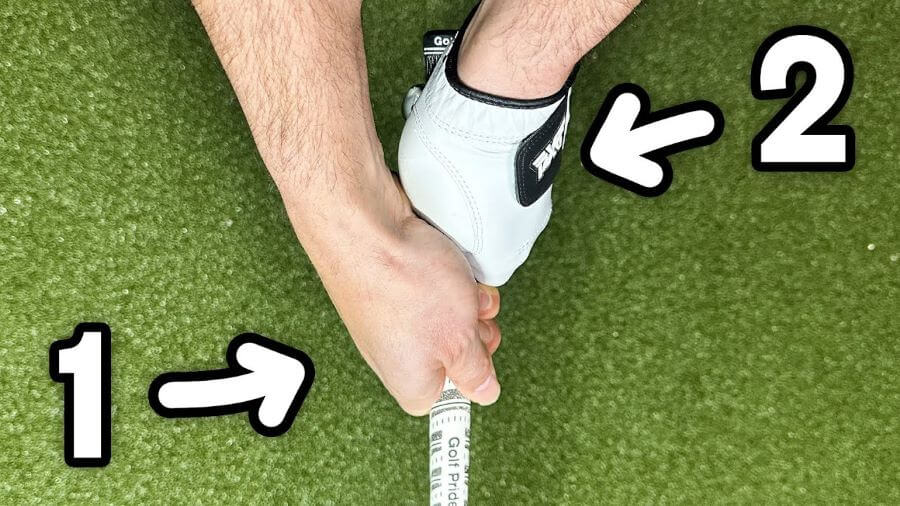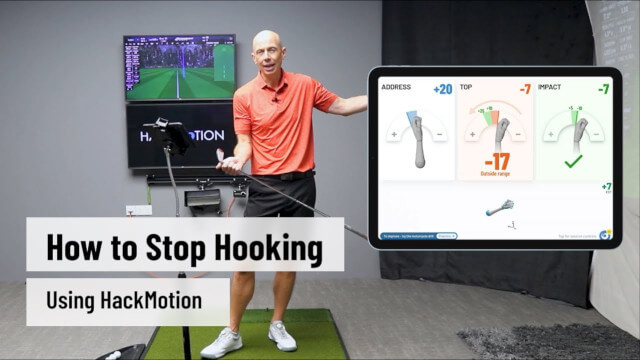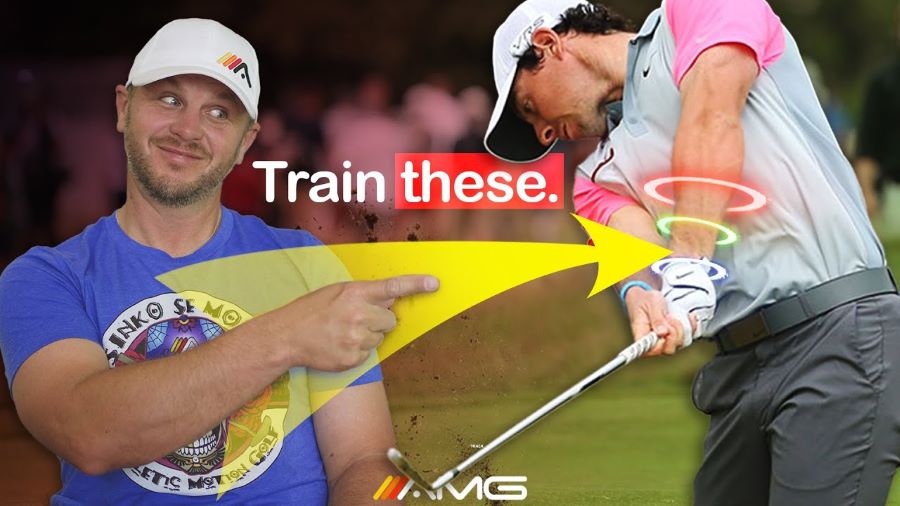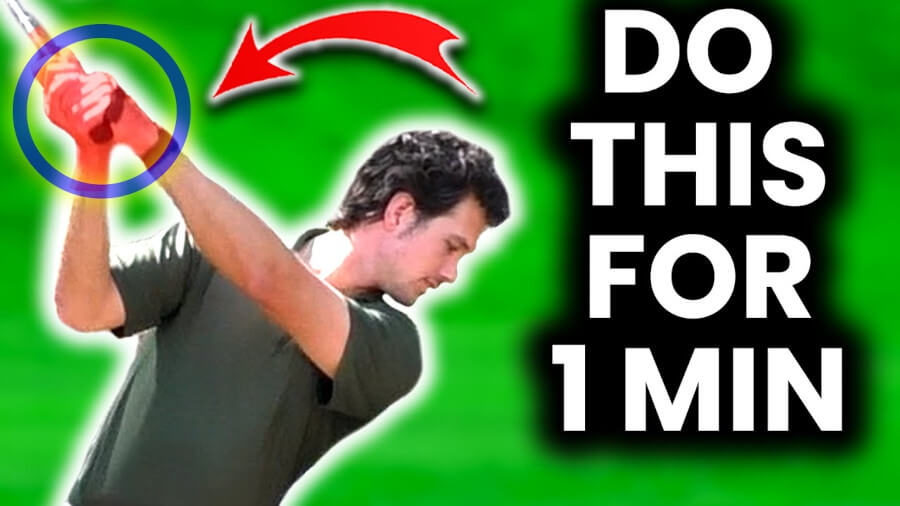What Causes a Slice and How to Fix it With HackMotion (Video by Rob Cheney)
The slice is likely the most frustrating miss in golf. The problem is that fixing the slice can be hard to feel. It’s not a natural fix like some of the other mistakes golfers make.
One key component in fixing a slice is improving wrist action. Many amateur players misunderstand the role that the wrists play in fixing a slice.
Coach Rob Cheney has put together an informative video on what causes a slice and how to fix it with HackMotion.
We will break down for you why you are slicing and the exact steps you can take to fix it. This information has been gathered by analyzing more than 1,000,000 golf swings.
Key Takeaways
If you don’t have time to watch the entire video highlighting what causes a slice and how to fix it, here are the most important takeaways.
- Your wrist movement is what controls the face of the golf club; with an open clubface, you will slice the ball.
- Proper wrist movement in the golf swing involves moving from extension in the lead wrist to flexion at impact.
- Slicers tend to add extension to their lead wrist during the backswing, making it very difficult to square the clubface as they come through impact.
- Biofeedback training with the HackMotion sensor will make it easier to control wrist angles, square the clubface and get rid of the slice forever.
What You Should Know about the Slice
An open clubface causes a slice in golf. Golfers with too much extension in their lead wrist are left with an open clubface at impact. To correct this Rob Cheney mentions:
“The correct way to move the wrists in the backswing and the downswing would be to feature more of the lead wrist flexion.”
Flexion is more of a bowing of the wrist.
Golfers can start with a flat or slightly extended lead wrist. The key is to ensure that as the club moves from setup to the top of the backswing, it does not increase the lead wrist’s extension. Always work on decreasing extension and moving towards flexion.
At impact, if the lead wrist is flat or flexed, the clubface will be square or slightly closed.
The HackMotion swing analyzer will provide real-time feedback into wrist positions and movements, making it easier to discover the problem areas.
Drills to Try
It takes practice to identify and eventually fix a slice. Rob Cheney says, “Managing the club face is the key to good golf, and the only way you can truly understand what you’re doing with your club face is via wrist measurement.”
The biofeedback drill with the HackMotion sensor will help you find the correct range of wrist flexion during the backswing and through impact.
Practice swinging while maintaining the wrist in the optimal range, as indicated by the audio cues.
“To eliminate that slice forever, you need to change your wrist angles, and the only way to know if you’re doing it correctly is to measure what’s going on.”
Rob Cheney
Final Thoughts
Understanding and correcting wrist angles is crucial for combating the slice. The slice not only leads to shots curving significantly away from the target but also results in a considerable loss of distance.
Focus on maintaining or increasing lead wrist flexion rather than extension. Use the HackMotion to help you measure your progress and make fundamental changes in your ability to hit straight shots.


